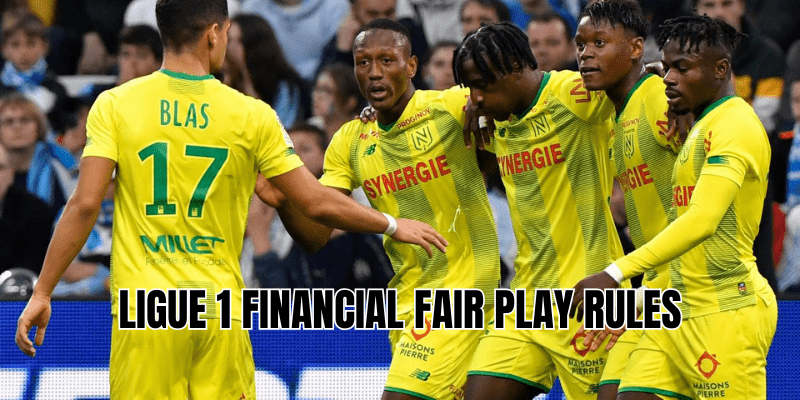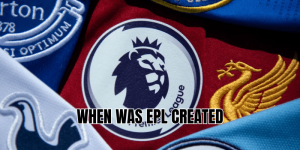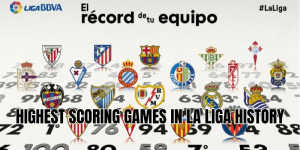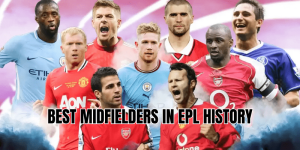In the cut-throat world of European football, one misstep in the finances can cost a club its reputation—or even its place in the top flight. In France, ligue 1 financial fair play rules represent a complex, high-stakes system that tries to balance ambition with sustainability. DaoKick invites you behind the scenes: we’ll dig into how France handles financial oversight, how UEFA’s rules intersect with domestic regulation, what happens when clubs falter, and where Ligue 1 stands in 2025.
The Financial Landscape of French Football
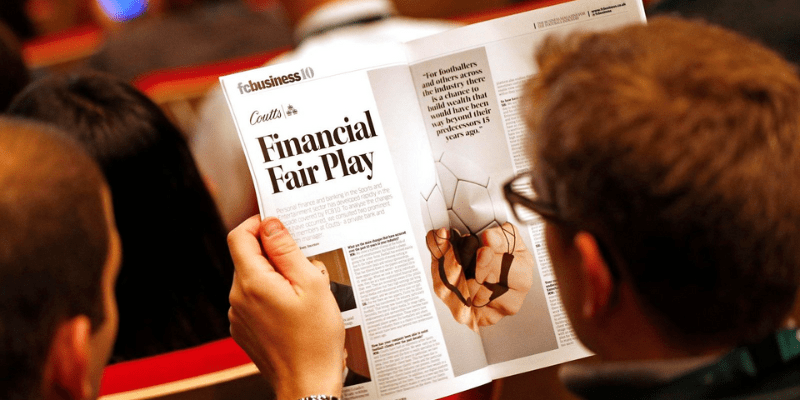
French clubs operate under a unique financial regime. Long before UEFA introduced its Financial Fair Play (FFP) concept, France had established the DNCG (Direction Nationale du Contrôle de Gestion) as its financial watchdog. The DNCG, tied to the Ligue de Football Professionnel (LFP), scrutinizes club budgets, debts, staffing costs, and revenue streams to decide whether a team can participate at the professional level.
Whereas UEFA’s rules emphasize profitability over a multi-year period, the DNCG focuses more heavily on solvency and cash flow. In other words, a club might pass DNCG’s test by showing it can pay immediate obligations, even if over three years it is operating at a loss by UEFA’s standards.
The coexistence of these overlapping regimes gives French clubs both a safeguard and a trap: you might satisfy one regulator yet fail the other.
How UEFA’s Financial Regulations Apply to Ligue 1 Clubs
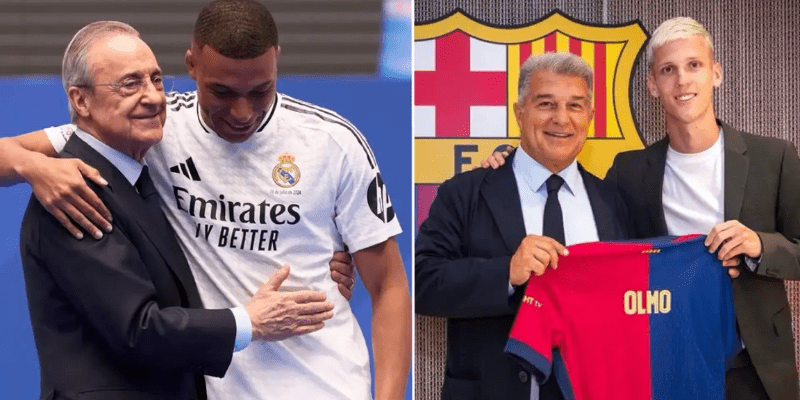
Although Ligue 1 clubs are domestically regulated, they also must respect UEFA’s Financial Sustainability Regulations (the evolution of FFP). These rules have shifted over time, especially since 2022. especially since 2022.
Key principles of UEFA’s system:
- A club’s expenses over a three-year assessment period—wages, amortization of transfer fees, agent fees, etc.—are measured against its income. Infrastructure and youth development are often exempt.
- Clubs are allowed a limited deficit—previously €5 million, but under recent updates that threshold has increased depending on conditions.
- Sanctions for breach range, transfer/registration bans, point deductions, and outright exclusion.
When a Ligue 1 club overreaches financially, it can find itself in the crosshairs of both French and European regulators.
The DNCG’s Powers and Enforcement Mechanism
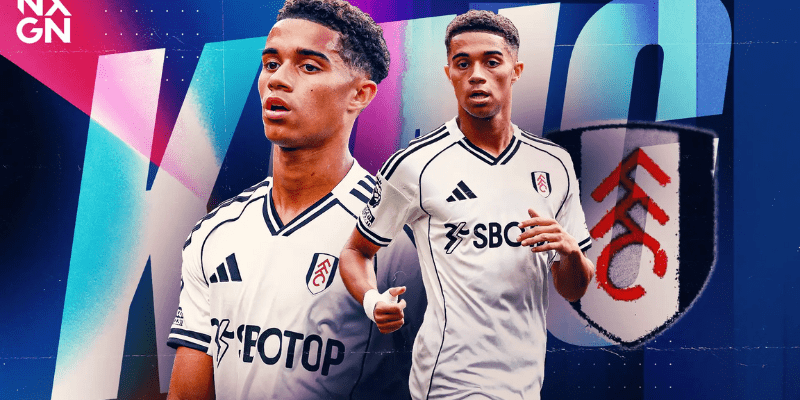
In France, the DNCG plays the first and often decisive role when a club’s books are called into question. Here’s how it works and what’s at stake:
- Annual audit: After each season, clubs submit their financial statements. The DNCG reviews revenue estimates, salary obligations, debt, cash flow, and compliance with French sports law.
- Conditions and restrictions: If issues are found, the DNCG can mandate budget cuts, limit signings, impose salary caps, restrict squad size, or demand injected capital.
- Sanctions: Severe measures include transfer embargoes, point deductions, forced relegation (even administrative), or denial of professional status.
- Decisions and appeals: Clubs can appeal DNCG rulings, but must present revised budgets or financial guarantees to win back compliance.
For instance, in 2025, Olympique Lyonnais (OL) faced an administrative relegation by the DNCG due to financial irregularities. However, after appeal, the decision was overturned and its Ligue 1 status was preserved under strict financial oversight.
Challenges Ligue 1 Faces in Applying Financial Fair Play
Ligue 1 clubs—outside of Paris Saint-Germain—do not enjoy the same revenue streams as elite clubs in England, Spain, or Germany. The imbalance intensifies when the financial rules tighten. Some of the major obstacles:
- Media rights under pressure: The Ligue’s TV deals have eroded in value, shrinking one of the major income pillars for clubs.
- Wage pressure: Some clubs have already been constrained by DNCG rules limiting wage-to-revenue ratios (reportedly around 70%). The push to reduce this threshold further is under discussion—but doing so may force player exodus. e Monde.fr])
- Overreliance on player trading: Many clubs survive by flipping youth or mid-tier talents; when transfers stall, finances crumble.
- Soft enforcement: Despite penalties on paper, few French clubs have faced relegation, revealing a tolerance for “soft budget constraints.”
- Duplication and conflict: Clubs may clear DNCG but breach UEFA’s rules. The tension between solvency (French view) and break-even (UEFA view) creates grey zones.
Overall, Ligue 1 is caught between ambition and restraint—and the financial rules are the tug-of-war rope.
Case Studies & Recent Developments
Olympique Lyonnais (OL)
OL’s financial troubles were thrust into the spotlight in 2024–25. With reported net losses exceeding €100 million and debts mounting, the DNCG initially relegated the club administratively. After legal and regulatory wrangling, OL struck a deal with UEFA’s financial control body, accepted a heavy fine, and gained permission to join European competition under strict conditions.
Broader trends
- UEFA recently fined Chelsea €31 million for breaching its profitability and squad cost rules—demonstrating that even top clubs are not immune.
- In France, proposals are underway to centralize control over the DNCG under the French Football Federation (FFF) rather than the LFP. If approved, this restructuring (potentially by 2026–27) could change how ligue 1 financial fair play rules are administered.
- Lawmakers in France are also exploring restrictions on multi-club ownership, which could compound financial oversight.
These shifts suggest a moment of reckoning ahead for Ligue 1’s financial governance.
Best Practices for Ligue 1 Clubs to Navigate Fair Play
To survive — even thrive — under tight financial scrutiny, French clubs may adopt several strategic approaches:
- Focus on youth development: Cultivating homegrown talent reduces transfer costs and builds resale value.
- Diversify revenue streams: Beyond TV and matchday, clubs must maximize merchandising, digital content, local partnerships, stadium experiences, and sponsorships.
- Cost control culture: Institute strict salary caps, benchmarking, and financial stress tests inside the club.
- Phased investment plans: Avoid giant leaps in spending; instead, escalate costs only when guaranteed income supports them.
- Transparency and early communication: Proactive disclosure to regulators allows clubs more latitude when facing trouble.
- Scenario planning for sanctions: Have contingency budgets in place in case of penalties, so competitiveness isn’t immediately derailed.
Conclusion
Ligue 1 financial fair play rules may not be as visible as flamboyant signings or marquee matches, but they shape France’s football future silently and decisively. For clubs, they can be a force of stability—or a source of existential pressure.
DaoKick has walked you through the dual system of DNCG and UEFA oversight, the evolving regulatory environment, the pain points Ligue 1 faces, and the examples of clubs already tested by the system. Fußball is as much about balance sheets as about ball possession—and in France today, the margins are razor thin.
Want to dive deeper into a specific club’s case, the latest DNCG rulings, or how these rules compare to the Premier League or La Liga? Reach out and DaoKick will explore that next.
